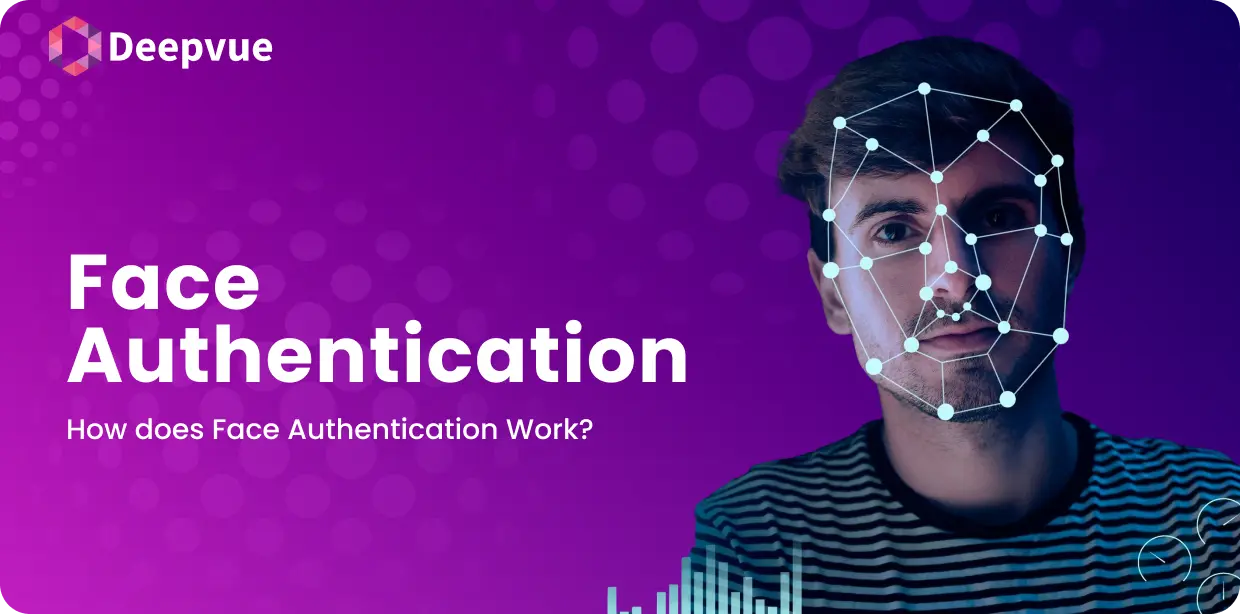Credit scores are not numbers—they’re the foundation of lending in the digital age. Whether you’re getting a mortgage, a personal loan, or business credit, your credit score will not only decide if you get approved or not, but also the conditions under which you’re approved. Behind each score is a credit scoring model—a framework that analyzes a borrower’s history of borrowing to gauge risk.
With lending growing increasingly data-driven and customized, knowing the various kinds of credit scoring models, their elements, and how they’re changing is vital for lenders, fintech firms, and risk professionals.
The Importance of Credit Scoring Models
Credit scoring models are the center of risk-based lending. Credit scoring models analyze a borrower’s creditworthiness by assigning a credit score that indicates the likelihood of default. An accurately calibrated credit score can automate loan approvals, lower default rates, and promote fair lending. Simply put, credit scores transform complicated financial behavior into an easy-to-understand, actionable measure.
Influence on Lending Decisions
Lenders use credit scores to make intelligent choices—whether to grant a loan, how much to advance, and at what rate. A high score will generally mean low risk, opening up more favorable terms of the loan to the borrower. Conversely, a low score may mean rejection, a smaller credit limit, or higher interest.
Impact on Mortgage Approvals
Mortgage lenders are particularly reliant on credit scores. Since mortgages are long-term and high-value, assessing the applicant’s ability to repay is critical. A few points of difference in the score can decide a mortgage rate or approval outcome. Banks use scoring models to help them reduce risk while promoting prudent homeownership.
Role in Business Loan Determinations
For small and medium enterprises (SMEs), credit scoring allows lenders to assess risk where there is no traditional collateral. Business credit scores, typically constructed from a combination of business and personal financial information, inform working capital loans, lines of credit, and other products.
Related Read: The Rise of Credit Monitoring as a Competitive Edge
How Many Credit Scoring Models are there?
Traditional Models: FICO Scores
FICO is one of the oldest and most widely used credit scoring systems. It is between 300 and 850 and is calculated using five fundamental factors: payment history, credit usage, credit history length, new accounts, and credit mix.
Alternative Models: VantageScore
VantageScore, launched by the three nationwide credit reporting agencies (Equifax, Experian, and TransUnion), is an alternative to FICO. It considers similar factors but more recent data and permits scoring for individuals with limited credit histories.
Machine Learning-Based Models
Modern credit scoring has evolved to include machine learning models. These systems analyze thousands of variables, adapt to new data over time, and can uncover nonlinear patterns that traditional models may miss.
Key Components of Credit Scoring Models
- Data Used to Score: Data from credit bureaus is commonly used in most models, such as repayment history, balances in credit, inquiries made, and types of accounts. Advanced models combine alternative data, such as utility bills, rent payments, mobile bill payments, and even behavioral traits from digital traces.
- Weighting of Various Credit Factors: All models vary in the weightage given to credit components. For example, for a FICO score, payment history takes up 35% and credit utilization 30%. Borrowers understand these weightages better to strategically boost their scores.
- Role of Past Financial Behavior: The past dictates the future when it comes to risk. Regularly late payments or constantly maxed-out credit lines usually lead to lower scores. Business credit scoring models seek patterns, not outliers.
Emerging Trends in Credit Scoring
- Automation in Scoring Models: Automation is revolutionizing credit scoring, particularly for large-volume consumer lending. APIs and embedded scoring engines now deliver real-time scoring, allowing for instant approvals or rejections.
- Incorporation of Alternative Credit Data: In this regard, the inclusion of alternative credit data is becoming increasingly popular. This involves non-conventional predictors such as social media activity, transaction history, and employment status. These inductive factors assist in scoring thin credit file submissions.
- Innovations in Scoring Software Solutions: Cloud-native scoring systems and low-code/no-code platforms allow lenders to build, test, and deploy custom scoring models with agility. These tools also support explainability—a growing regulatory and customer requirement.
Regulatory Considerations in Credit Scoring
- Fair Credit Reporting Act (FCRA) Compliance: In the United States, credit scoring has to be compliant with FCRA, which requires transparency, accuracy, and consumer protection. Lenders are required to disclose negative actions (e.g., loan rejection) based on credit information.
- Implication of the General Data Protection Regulation (GDPR): Within the EU, GDPR has increased emphasis on algorithmic accountability and data privacy. Citizens are entitled to an explanation and redress should decisions be taken by automated systems.
- Balancing Consumer Privacy and Data Use: Lenders need to balance the use of varied data sources with upholding consumer privacy. Open data practices and user consent are absolute in contemporary scoring.
Implementing and Optimizing Credit Scoring Systems
- Adaptability Across Multiple Models: The lenders require scoring mechanisms that are adaptable across applications—consumer credit, SME lending, buy-now-pay-later (BNPL), etc. Hybrid scoring engines marrying legacy and alternative data are on the rise.
- Credit Scoring Software Integration: Credit scoring solutions must integrate harmoniously with loan origination platforms, CRM software, and compliance engines. APIs allow for faster deployment and improved data sharing across systems.
- Challenges in System Implementation: A scoring system is not plug-and-play. Data quality problems, regulatory compliance, and model drift are typical obstacles. Continuous monitoring and recalibration are essential for long-term accuracy.
Conclusion
Credit scoring models have come a long way—from rigid, rule-based systems to dynamic algorithms that adapt to borrower behavior in real time. With technology evolving the way financial data is collected, analyzed, and interpreted, credit scoring models will evolve with inclusive, responsible, and responsive lending needs.
Having strong data sources is crucial in credit scoring, which is where our Equifax Credit Report API is at its best. Our API delivers easy, real-time access to Equifax credit reports, allowing lenders and platforms to retrieve verified credit information for individuals and businesses instantly. This minimizes friction in the loan origination process while ensuring decisions are made from recent and complete credit profiles.
FAQ
Why is the credit risk scoring model significant?
It enables lenders to base credit decisions on objective data and minimize default risks, ensuring fair access to credit.
Are your credit scores consistent with major parameters?
Make sure that your model is based on relevant data, captures recent borrower trends, and adheres to the relevant laws. Useless or discriminatory models can result in bad decision-making and regulatory pushback.
What is a credit score?
A credit score is a three-digit number representing your creditworthiness, derived from your credit history and behavior.
How is a credit score calculated?
Scores are computed based on several factors—payment, credit utilization, credit history length, new accounts inquiries, and credit mix used.
What credit score is needed to qualify for a mortgage?
The majority of mortgage companies seek a 620 or better score. For the best rates, seek out 740+.








